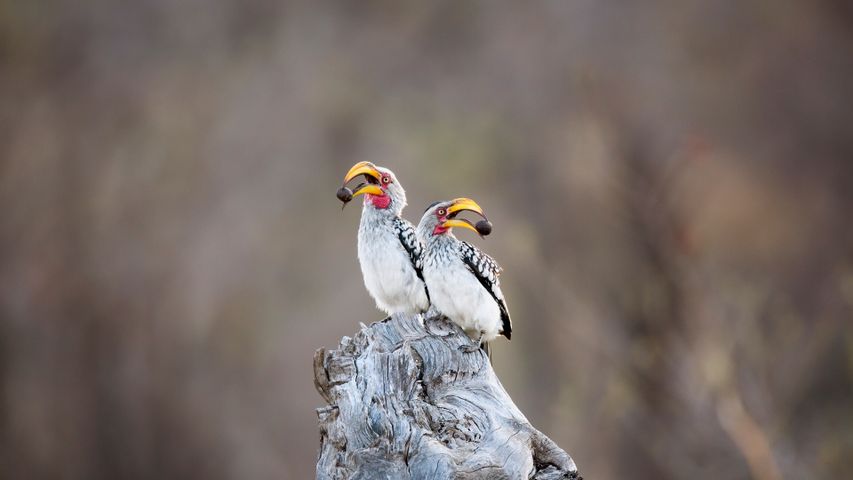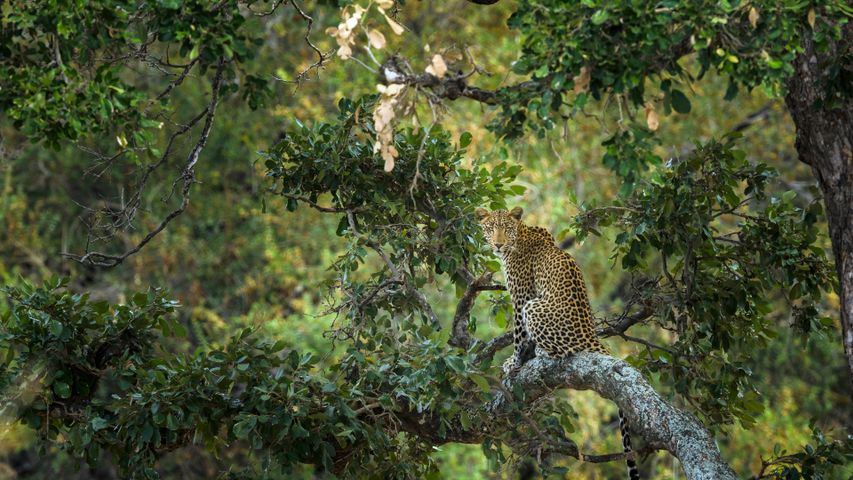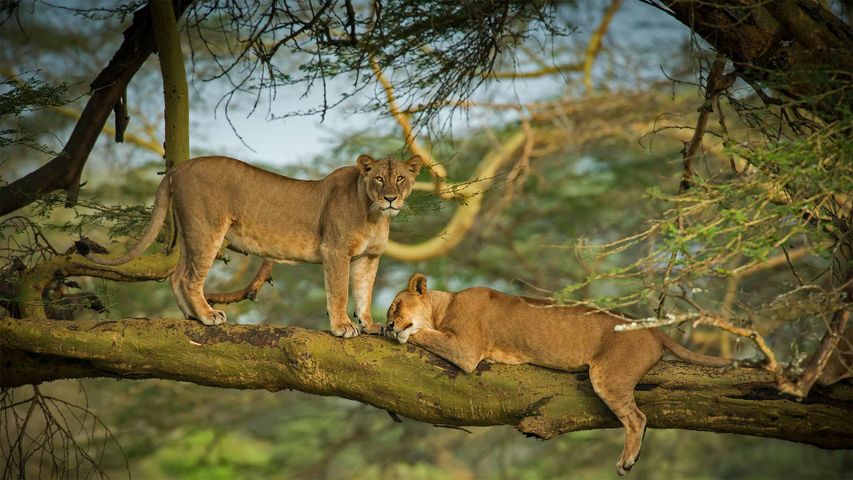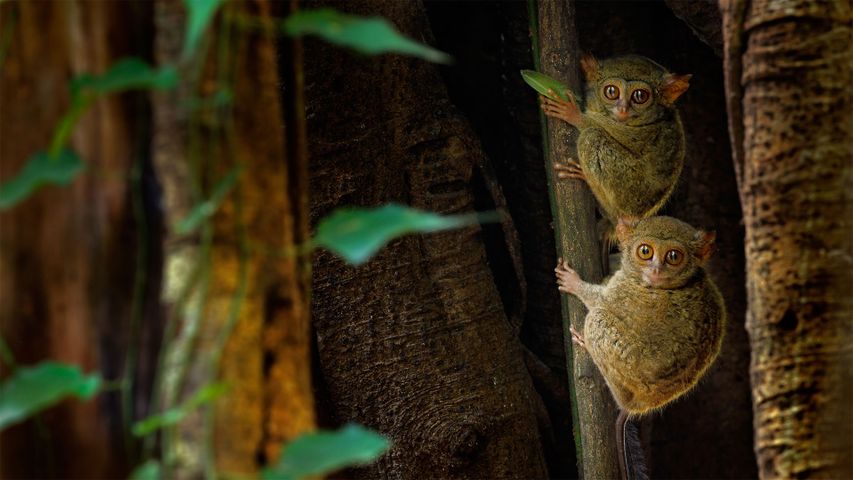Greater one-horned rhinoceros in Kaziranga National Park, Assam, India
© Robert Harding World Imagery/Shutterstoc
Celebrating World Wildlife Day. Greater one-horned rhinos
Today is World Wildlife Day, the UN-sponsored tribute to efforts that protect the plants and animals that make our world so special. This year's WWD theme is 'recovering key species for ecosystem restoration' – key species like the greater one-horned rhinoceros you see here in northeastern India's Kaziranga National Park. These unique creatures have staged a remarkable comeback from the verge of extinction in the early 20th century when their numbers had dwindled to a precarious low of around 200 animals. But with the concerted efforts of Indian and Nepalese wildlife authorities, the population of greater one-horned rhinos has slowly built back up to around 3,700 today.
This megaherbivore, noted for its single black horn, is considered a keystone species due to the disproportionately important role it plays in their native ecosystem. Conservation efforts have concentrated on the rhino's traditional habitat in northeastern India and the grasslands of Nepal. The rhinos are especially important to the health of the ecosystems there because they love to wallow in puddles of water – by doing so they help to protect, expand, and create new holes for use by other animals, significantly enriching the habitat for all.
Related Images
Bing Today Images

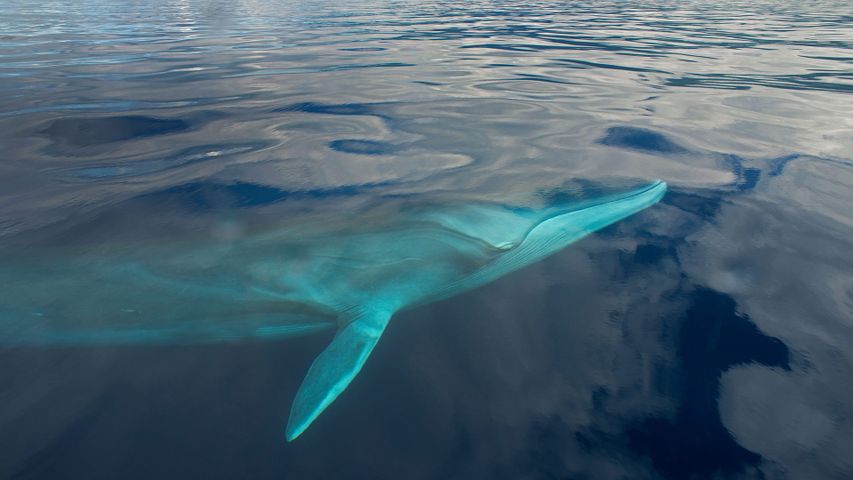
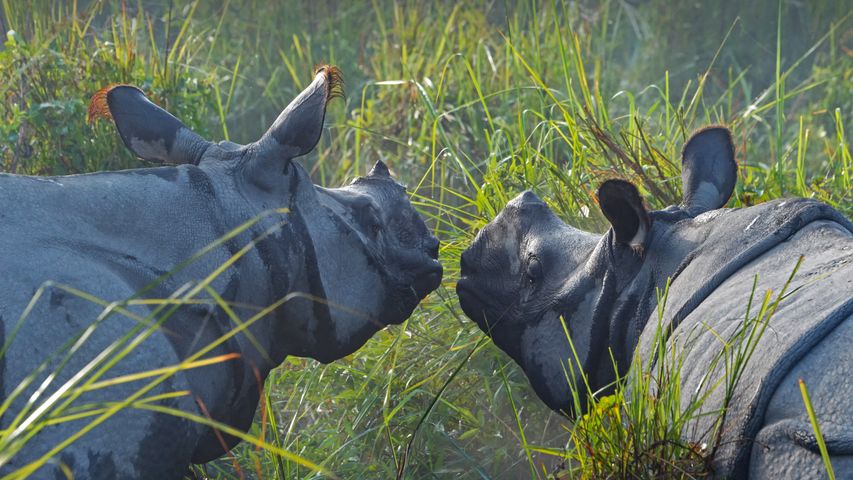
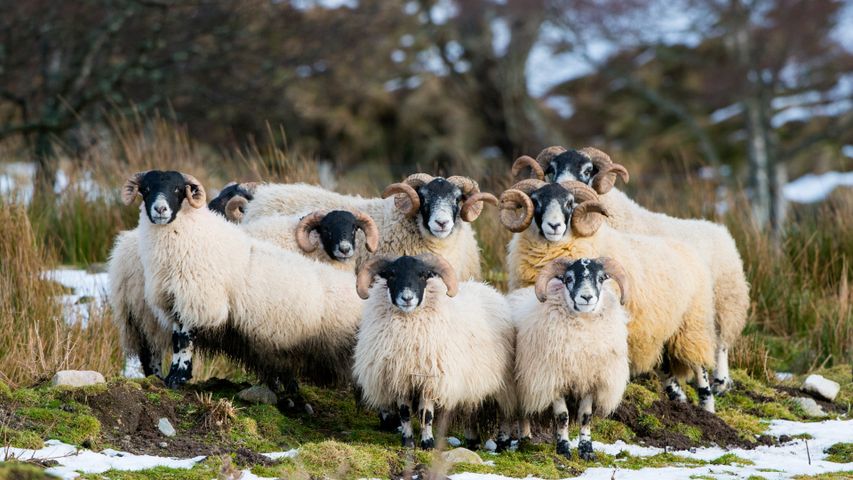 Scottish Blackface sheep, Aberdeenshire, Scotland
Scottish Blackface sheep, Aberdeenshire, Scotland
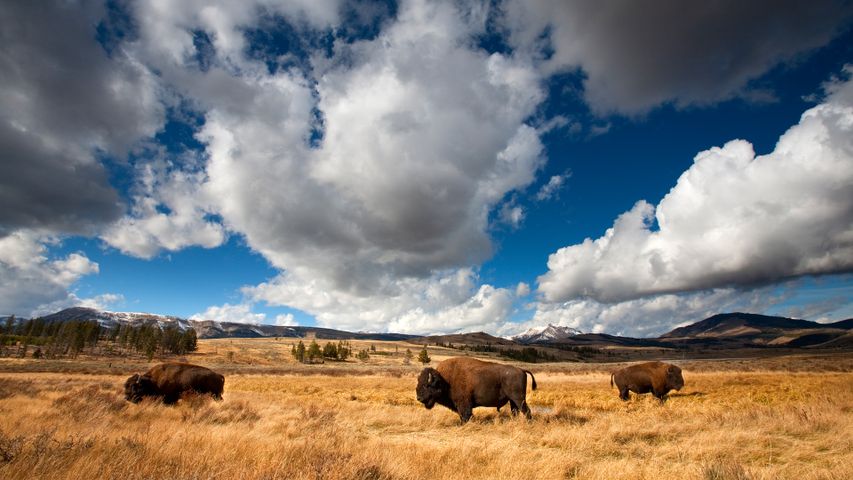 American bison in Yellowstone National Park, Wyoming, USA
American bison in Yellowstone National Park, Wyoming, USA
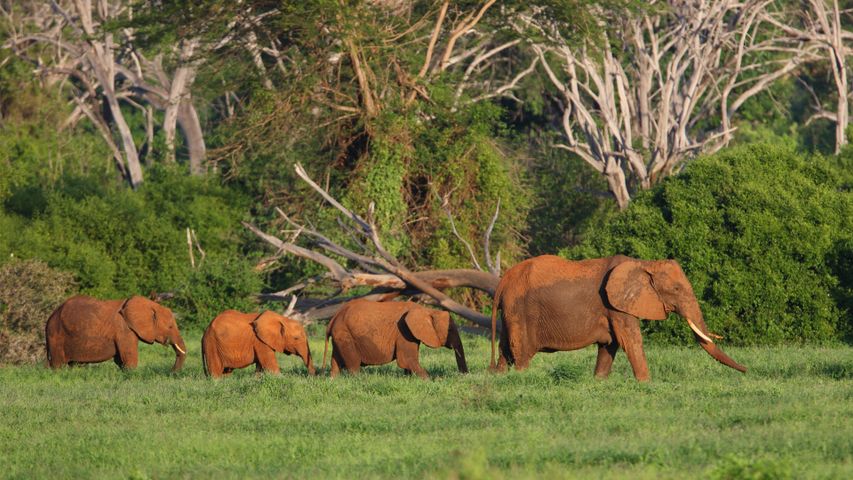 African elephants in Tsavo East National Park, Kenya
African elephants in Tsavo East National Park, Kenya
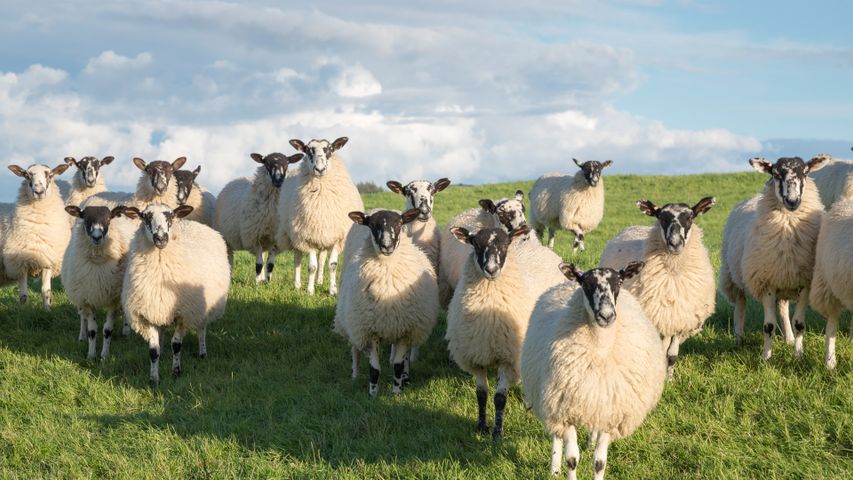 Flock of Swaledale sheep in North Yorkshire, England
Flock of Swaledale sheep in North Yorkshire, England
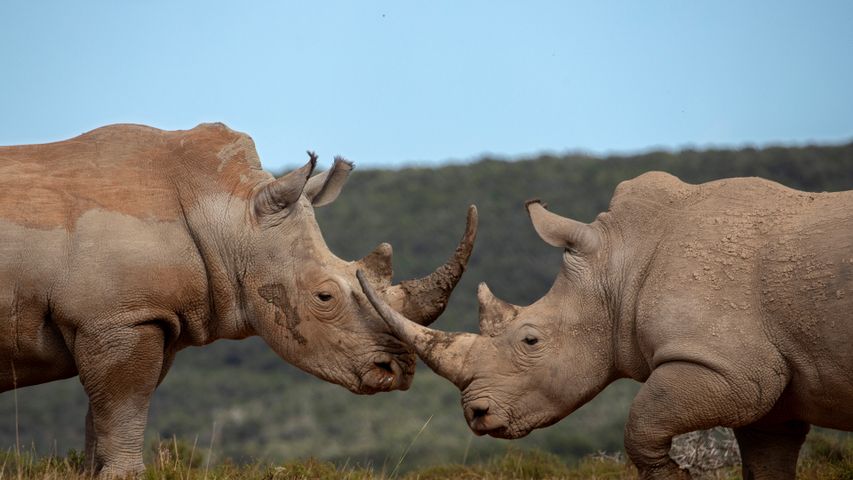 Southern white rhinoceros males, Shamwari Private Game Reserve, South Africa
Southern white rhinoceros males, Shamwari Private Game Reserve, South Africa
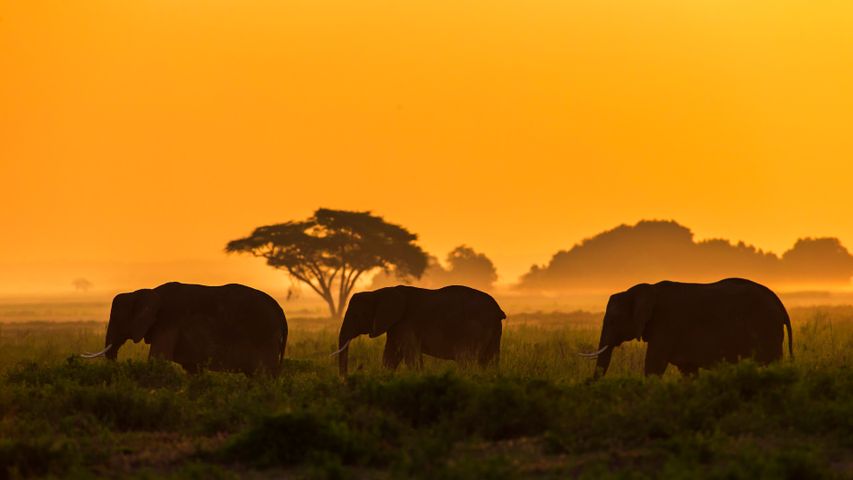 Elephant family in Amboseli National Park, Kenya
Elephant family in Amboseli National Park, Kenya
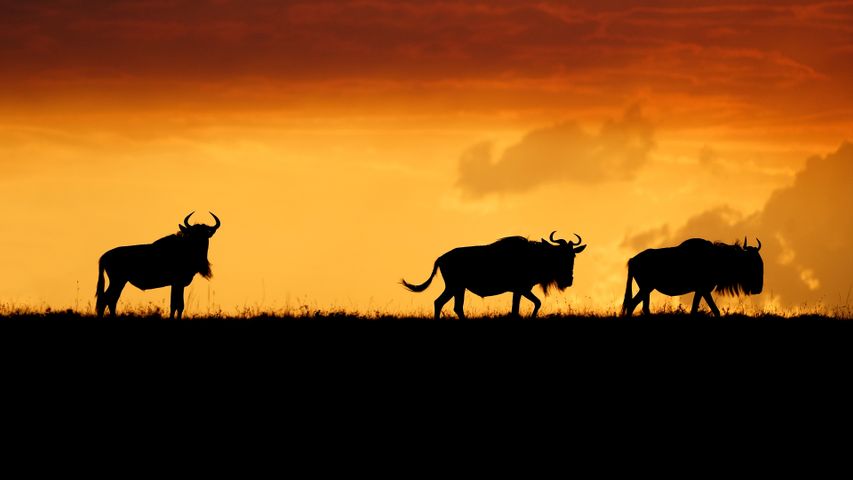 Wildebeests in the Maasai Mara, Kenya
Wildebeests in the Maasai Mara, Kenya
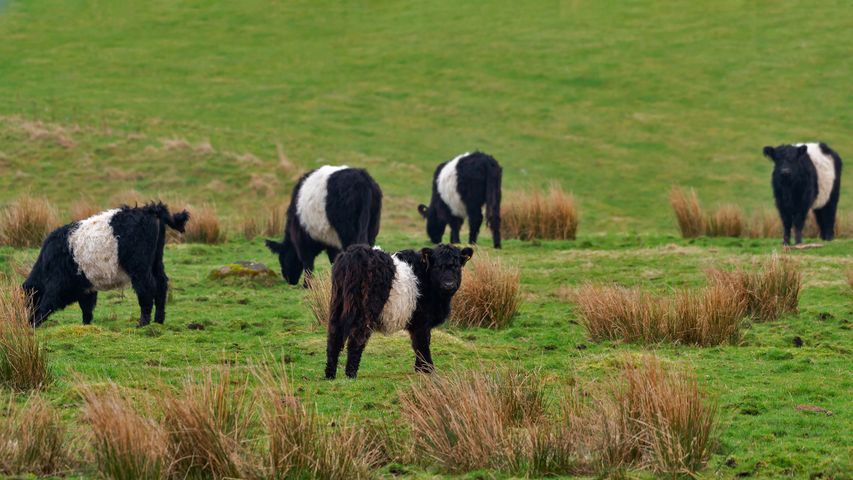 Belted Galloway cows in Scotland
Belted Galloway cows in Scotland
